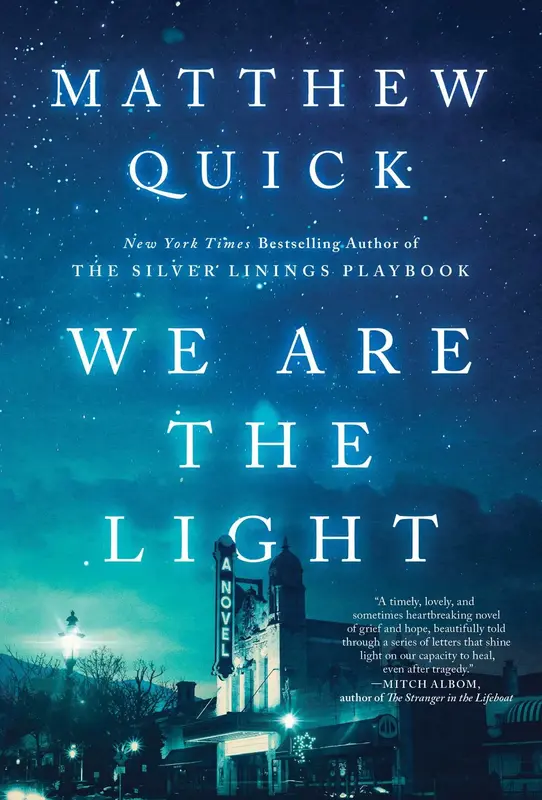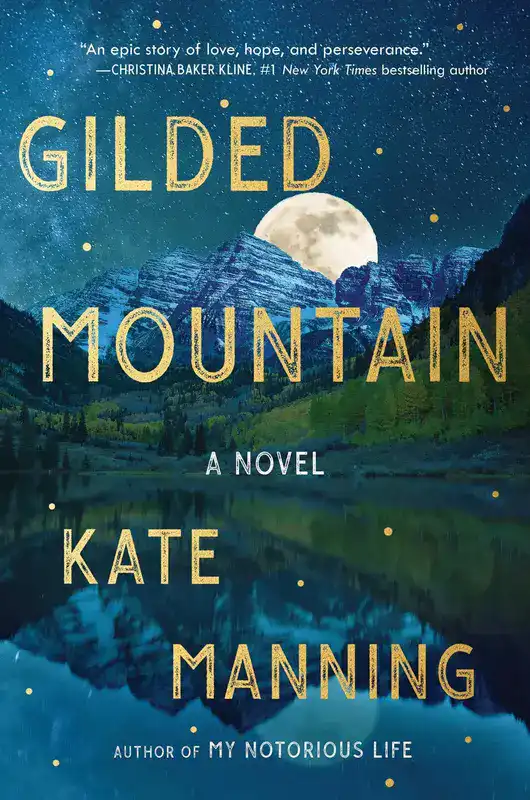This post may contain affiliate links. Read more here.
Book club questions for The Cloisters by Katy Hays explores the power of relationships, secrets of the past, and the implications of the choices we make and games we play with each other.
The Cloisters is NY Times November 2022 bestseller, and I guarantee you it will grip you to your seats.
The Synopsis
When Ann Stilwell arrives in New York City, she expects to spend her summer working as a curatorial associate at the Metropolitan Museum of Art. Instead, she finds herself assigned to The Cloisters, a gothic museum and garden renowned for its medieval art collection and its group of enigmatic researchers studying the history of divination.
Desperate to escape her painful past, Ann is happy to indulge the researchers’ more outlandish theories about the history of fortune telling. But what begins as academic curiosity quickly turns into obsession when Ann discovers a hidden 15th-century deck of tarot cards that might hold the key to predicting the future. When the dangerous game of power, seduction, and ambition at The Cloisters turns deadly, Ann becomes locked in a race for answers as the line between the arcane and the modern blurs.
A haunting and magical blend of genres, The Cloisters is a gripping debut that will keep you on the edge of your seat.
Book Club Questions for The Cloisters
1. The events of The Cloisters take place over one summer. How does the season and summer weather reflect Ann’s emotions and evolution throughout the novel?
2. Patrick and Rachel are first introduced in Chapter 2. What were your first impressions of each of them? Discuss the events that resulted in Ann working at The Cloisters?
3. Patrick is Rachel’s mentor, but he is also her lover. How does this dynamic complicate the situation at The Cloisters? Who do you think had more power in their relationship, and what form did that power take?
4. Early on, Rachel steals a cookie from the café, and later we see her play pranks on Moira, in addition to taking the tiles to identify plants in the garden and stealing a boat. What do these incidents tell us about Rachel? How do all of these “games” foreshadow the dark and dangerous choices she has made over the years?
5. What do you think Ann’s motivations were to not share all of Lingraf’s writings with Rachel and to hide the false-fronted card from Patrick? How might the story have been different if she had shared this information with the team?
6. Loss is central to both Ann’s and Rachel’s stories. Discuss some of their major (and minor) losses throughout the book and how these may have shaped them as characters.
7. Laure warns Ann about Rachel’s past—why do you think Ann becomes so defensive of Rachel? At this point, do you think their friendship is a healthy one?
8. Discuss how Lingraf becomes central to the mystery and uncovering the truth.
9. Ann and Rachel come from very different backgrounds, but at the end of the novel, Rachel insists that they are the same. What personality traits do each of them share? How are they different? Ultimately, do you think Rachel is right?
10. In Chapter 4, Ann expresses how “Walla Walla would always feel like death to me” (p. 33). Do you think the same can be said for The Cloisters after her summer there?
11. In the end, was it fate that decided what happened to these characters or the choices they made?
12. During the prologue, Ann talks about how she missed “the omens that haunted The Cloisters that summer.” Having finished the novel, what were the omens? How did the prologue foreshadow the importance (or not) of Fate?
13. Both tarot and astrology play a significant role in today’s discourse. These days, it seems as if everyone knows their rising sign or has tarot deck. How do those contemporary practices relate to the historic practices outlined in The Cloisters? Are they different? Similar? Do you use either device, and if so, why?
Bonus Book Club Questions:
14. As Ann dives into her research at The Cloisters, she learns about different types of divination and fortune telling, including augury, pyromancy, cleromancy, lots, and tarot. Research the history of these practices. Why do you think there is a growing interest in them today?
15. Leo introduces Ann to many of the plants grown in the gardens, including some that are poisonous. List the plants mentioned, and see if you can identify any at a local botanical garden.
16. The Met Cloisters is a real museum in New York City. Learn more about the museum at www.metmuseum.org/visit/plan-your-visit/met-cloisters or plan an in-person visit!
Additional Recommendations
Hope you enjoyed book club question for The Cloisters! Here are some more book club recommendations.
We Are the Light by Matthew Quick

Lucas Goodgame lives in Majestic, Pennsylvania, a quaint suburb that has been torn apart by a recent tragedy. Everyone in Majestic sees Lucas as a hero—everyone, that is, except Lucas himself. Insisting that his deceased wife, Darcy, visits him every night in the form of an angel, Lucas spends his time writing letters to his former Jungian analyst, Karl. It is only when Eli, an eighteen-year-old young man whom the community has ostracized, begins camping out in Lucas’s backyard that an unlikely alliance takes shape and the two embark on a journey to heal their neighbors and, most importantly, themselves.
From Matthew Quick, whose work has been described by the Boston Herald as “like going to your favorite restaurant. You just know it is going to be good,” We Are the Light is an unforgettable novel about the quicksand of grief and the daily miracle of love. The humorous, soul-baring story of Lucas Goodgame offers an antidote to toxic masculinity and celebrates the healing power of art. In this tale that will stay with you long after the final page is turned, Quick reminds us that life is full of guardian angels.
Gilded Mountain by Kate Manning

In a voice spiked with sly humor, Sylvie Pelletier recounts leaving her family’s snowbound mountain cabin to work in a manor house for the Padgetts, owners of the marble-mining company that employs her father and dominates the town. Sharp-eyed Sylvie is awed by the luxury around her; fascinated by her employer, the charming “Countess” Inge, and confused by the erratic affections of Jasper, the bookish heir to the family fortune. Her fairy-tale ideas of romance take a dark turn when she realizes the Padgetts’ lofty philosophical talk is at odds with the unfair labor practices that have enriched them. Their servants, the Gradys, formerly enslaved people, have long known this to be true and are making plans to form a utopian community on the Colorado prairie.
Outside the manor walls, the town of Moonstone is roiling with discontent. A handsome union organizer, along with labor leader Mary Harris “Mother” Jones, is stirring up the quarry workers. The editor of the local newspaper—a bold woman who takes Sylvie on as an apprentice—is publishing unflattering accounts of the Padgett Company. Sylvie navigates vastly different worlds and struggles to find her way amid conflicting loyalties. When the harsh winter brings tragedy, Sylvie must choose between silence and revenge.
Drawn from true stories of Colorado history, Gilded Mountain is a tale of a bygone American West seized by robber barons and settled by immigrants, and is a story infused with longing—for self-expression and equality, freedom and adventure.
Thank you for reading my book club questions and happy reading! ❤️